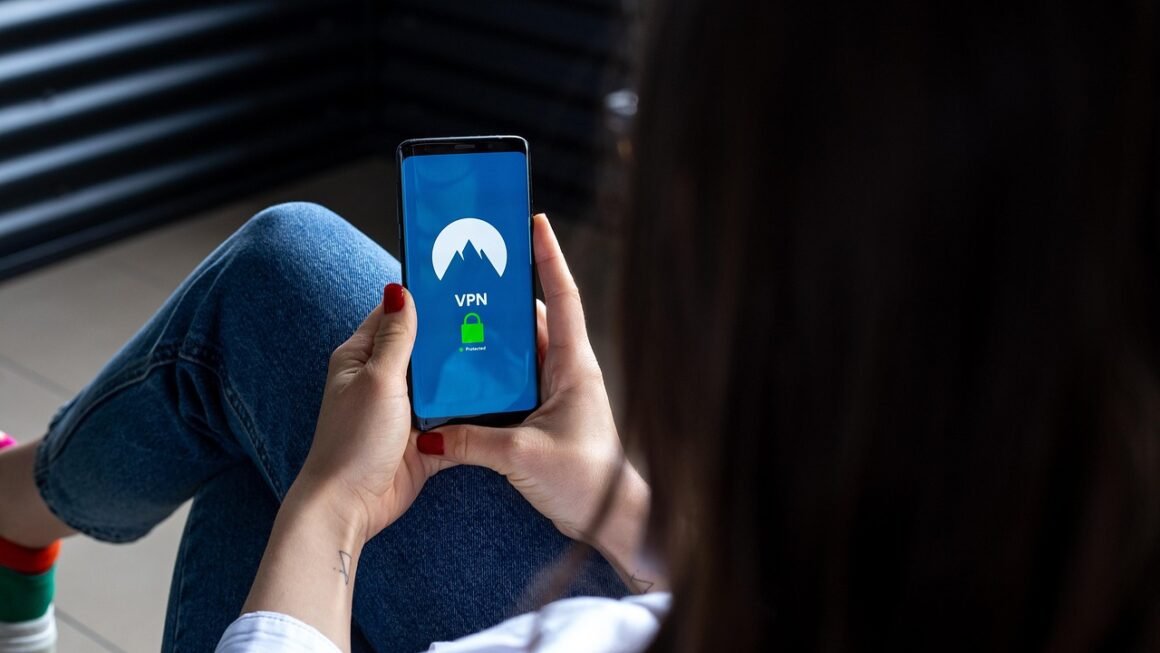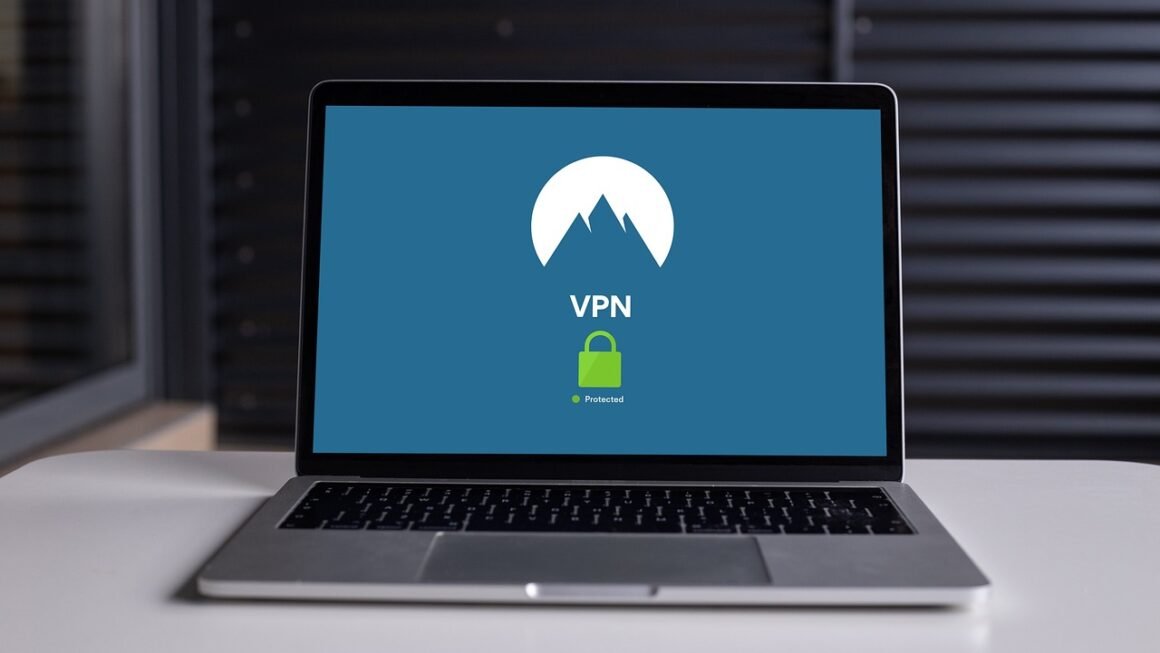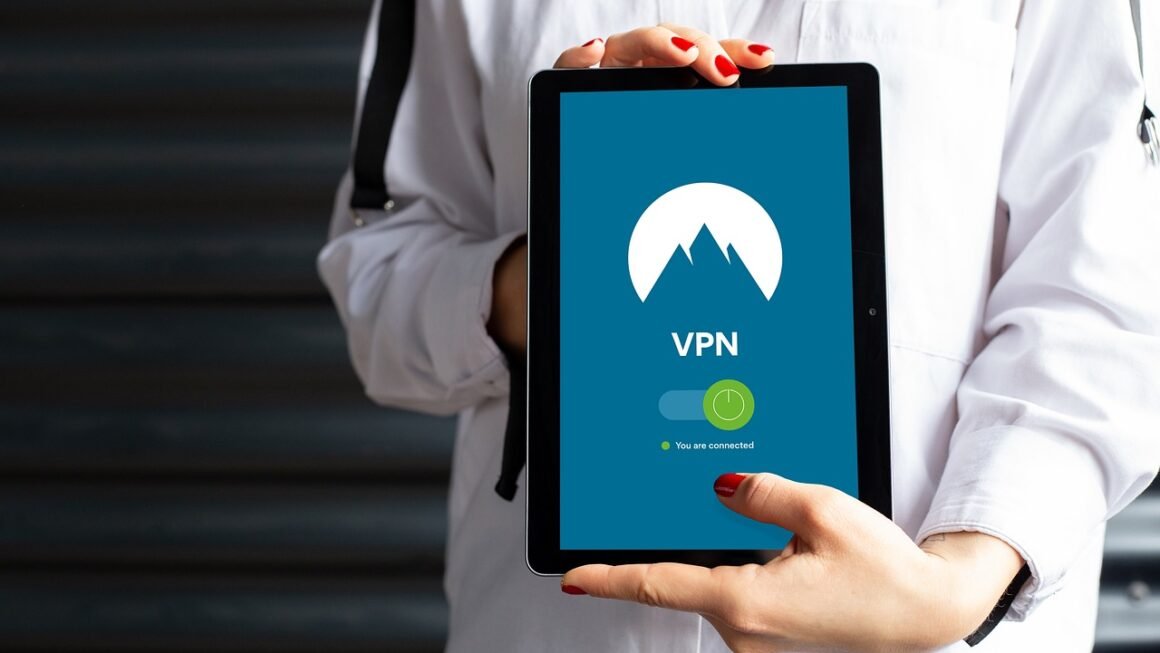Multi-factor authentication (MFA) is no longer optional in today’s digital landscape; it’s a necessity. As cyber threats become increasingly sophisticated, relying on just a username and password is like locking your front door with a flimsy padlock. MFA adds layers of security, significantly reducing the risk of unauthorized access to your accounts and sensitive data. This blog post will delve into the intricacies of MFA, exploring its benefits, different types, implementation strategies, and best practices for ensuring robust protection.
What is Multi-Factor Authentication (MFA)?
Defining MFA and its Purpose
Multi-factor authentication (MFA) is an authentication method that requires users to provide two or more verification factors to gain access to an account, application, or system. Unlike single-factor authentication (SFA), which relies solely on something you know (like a password), MFA incorporates multiple factors, drastically reducing the likelihood of a successful cyberattack.
The primary purpose of MFA is to enhance security by making it significantly harder for attackers to compromise an account. Even if an attacker obtains a user’s password through phishing or a data breach, they would still need to bypass the additional authentication factors, effectively blocking their access.
Why is MFA Crucial in Today’s Security Landscape?
The rise in sophisticated cyberattacks has made MFA an essential security measure. Consider these points:
- Password Vulnerabilities: Passwords are often weak, reused across multiple accounts, or easily compromised through phishing attacks or data breaches.
- Increased Cyber Threats: Cybercriminals are constantly developing new and advanced techniques to bypass traditional security measures.
- Data Breach Costs: The cost of a data breach can be devastating for businesses, including financial losses, reputational damage, and legal liabilities. According to IBM’s Cost of a Data Breach Report 2023, the average cost of a data breach reached $4.45 million globally.
- Compliance Requirements: Many industries and regulations (e.g., GDPR, HIPAA) require MFA as a baseline security control to protect sensitive data.
Implementing MFA is a proactive approach to significantly reduce the risk of unauthorized access and protect valuable data assets.
The Core Components of MFA: The Factors
Understanding the Different Authentication Factors
MFA relies on combining different authentication factors to verify a user’s identity. These factors are typically categorized into five groups:
- Something You Know: This is the most traditional factor, such as a password, PIN, security question, or passphrase.
- Something You Have: This refers to a physical device in the user’s possession, such as a smartphone, security token, or smart card.
- Something You Are: This involves biometric authentication, which uses unique biological traits, such as fingerprints, facial recognition, voice recognition, or iris scans.
- Somewhere You Are: This uses location-based authentication, such as GPS coordinates or IP addresses, to verify the user’s location.
- Something You Do: This relies on behavioral biometrics, such as typing patterns, gait analysis, or mouse movements.
A strong MFA implementation should utilize factors from at least two different categories to provide robust security.
Examples of MFA in Action
Here are some practical examples of how MFA is commonly used:
- Banking: Logging into your online banking account often requires a password and a one-time code sent to your registered mobile phone via SMS or a push notification to a banking app.
- Email: When accessing your email from a new device, you might be prompted to enter a password and then approve a login request on your smartphone.
- Social Media: Platforms like Facebook, Instagram, and Twitter offer MFA options that typically involve a password and a code generated by an authenticator app.
- Corporate Networks: Employees accessing sensitive data on a company network may need to use a username and password combined with a security token or biometric authentication.
Implementing MFA: A Step-by-Step Guide
Planning and Assessment
Before implementing MFA, it’s crucial to conduct a thorough assessment of your organization’s security needs and infrastructure. This includes:
- Identifying critical assets: Determine which applications, systems, and data require MFA protection.
- Assessing user access: Understand who needs access to these assets and their roles.
- Evaluating existing infrastructure: Assess the compatibility of MFA solutions with your current IT environment.
- Defining policies: Develop clear policies and procedures for MFA implementation and enforcement.
Choosing the Right MFA Solution
Selecting the appropriate MFA solution is essential for a successful implementation. Consider these factors:
- Factor types: Evaluate which authentication factors best suit your organization’s needs and user preferences.
- Ease of use: Choose a solution that is user-friendly and minimizes disruption to workflow.
- Integration capabilities: Ensure the solution integrates seamlessly with your existing systems and applications.
- Cost: Consider the total cost of ownership, including licensing fees, hardware costs, and ongoing maintenance.
- Security: Look for MFA solutions that offer strong encryption, tamper-proof hardware, and robust security protocols.
Examples of MFA solutions include: Google Authenticator, Microsoft Authenticator, Authy, Duo Security, and hardware tokens like YubiKey.
Deployment and User Onboarding
Deploying MFA involves:
- Pilot Program: Start with a small group of users to test the solution and gather feedback.
- Phased Rollout: Gradually expand the implementation to other user groups.
- User Training: Provide comprehensive training to users on how to use MFA.
- Help Desk Support: Offer readily available support to address user questions and issues.
- Documentation: Create clear and concise documentation on MFA policies and procedures.
A well-planned and executed deployment strategy is essential for ensuring user adoption and minimizing disruptions.
MFA Best Practices and Considerations
Security Considerations
While MFA significantly enhances security, it’s essential to be aware of potential vulnerabilities and implement best practices to mitigate risks:
- Phishing Attacks: Educate users about phishing attacks and how to recognize and avoid them.
- SIM Swapping: Be aware of SIM swapping attacks, where attackers transfer a user’s phone number to their own device. Encourage users to use authenticator apps instead of SMS-based authentication.
- Backup Codes: Provide users with backup codes to use in case they lose access to their primary authentication device. Store these codes securely.
- Regular Audits: Conduct regular security audits to identify and address any vulnerabilities in the MFA implementation.
User Experience and Adoption
User experience is critical for ensuring successful MFA adoption:
- Ease of Use: Choose MFA solutions that are easy to use and minimize disruption to workflow.
- Training and Support: Provide comprehensive training and readily available support.
- Flexibility: Offer users multiple MFA options to choose from based on their preferences and needs.
- Communication: Communicate the benefits of MFA to users and emphasize its importance in protecting their accounts and data.
Policy Enforcement and Monitoring
Enforcing MFA policies and monitoring usage are essential for maintaining security:
- Mandatory MFA: Require MFA for all users accessing sensitive data and systems.
- Regular Monitoring: Monitor MFA usage to detect and investigate any suspicious activity.
- Account Lockout Policies: Implement account lockout policies to prevent brute-force attacks.
- Policy Updates: Regularly review and update MFA policies to address evolving threats and best practices.
Conclusion
Multi-factor authentication is a critical component of a robust security posture. By adding layers of verification, MFA significantly reduces the risk of unauthorized access and protects valuable data assets. While implementing MFA requires careful planning, selecting the right solutions, and providing user training, the benefits far outweigh the effort. By following best practices and continuously monitoring your MFA implementation, you can create a more secure environment for your organization and protect against increasingly sophisticated cyber threats. Embracing MFA is not just a security measure; it’s a crucial step towards building a culture of security and protecting your digital assets in an ever-evolving threat landscape.



